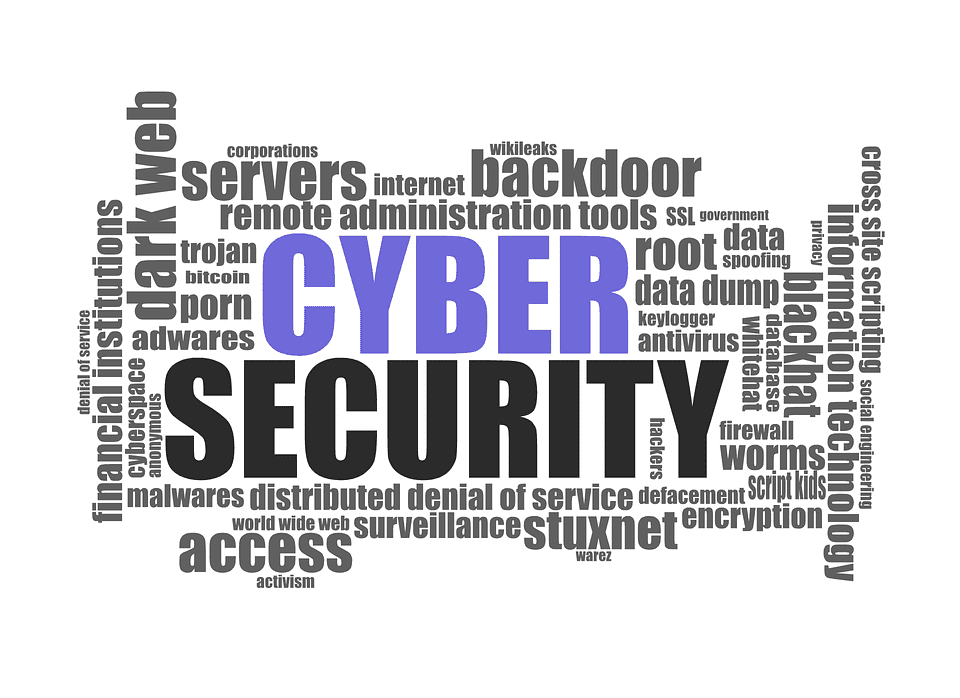One of the most crucial things to business, from small to large, is IT (information technology) security. As more companies than ever open up to remote offices, keeping all of your employees and information safe is paramount. In this blog post, we’ll discuss some of the best practices for IT Security Risk Management.
Analyze and Weigh Risks
Most budgets make it tough to juggle multiple risks while fully defending against any potential threat. That’s why it’s important to classify risks and set priorities for each based on urgency. This will vary from organization to organization.
Some businesses may have no glaring security issues and a “pick the lowest hanging fruit” approach might be a good approach. On the other hand, if there’s a serious vulnerability, it may make sense to dedicate the most time and resources to resolving that issue first. A good managed IT provider can help determine the risks and priorities and work with you on resolving them, in a way that makes the most sense.
Consider Internal Threats
Most of the focus on IT security usually focuses on threats outside of your organization, such as hackers and viruses. Oftentimes, the most serious threats are from within your organization or business. While not always of malicious intent, insider threats account for around 1 in 4 security incidents (According to Verizon).
The good news is: This is a straightforward issue to solve. The solution often is a combination of access controls and cybersecurity education. By educating your team and minimizing complacency, you can help minimize internal threats.
Reevaluate Risk Continuously
One of the biggest enemies of IT security is complacency. Cyber criminals and their methods are constantly evolving, so your IT security plans need to evolve with them. With the right systems in place, your entire infrastructure can be monitored non-stop to protect against threats of all types, including failing hardware.
Think Business Continuity
Part of a good risk management strategy is a plan against “what-ifs”. If the worst happens, do you have a plan to continue operations? A solid business continuity plan can help you stay calm during the worst times and help preserve anything that is absolutely essential to your business. Your organization needs to be prepared for anything that can happen, from equipment failure to data breaches to fires and other disasters.
Promote Cyber Security Awareness Amongst Your Team
Cyber security awareness begins with education. It keeps your team vigilant and mindful of potential threats. Since your organization’s cybersecurity is only as strong as its weakest link, it’s important that everyone buy-in to the concept of cybersecurity. If 80% of the team takes it seriously, the remaining 20% could potentially make a mistake that completely undermines the effort of the majority.
This is why awareness is important across all employees. Establishing a good baseline is up to the management. If you can lead by example and inspire your team, your organization has a much better chance against threats such as social engineering attacks, phishing attacks and potential scams.
How many of these practices are you currently following?
Let’s face it, your time is too valuable to worry about IT security. Your best focus should be providing your business what it needs more of: you! Let a managed service provider like SandStorm IT handle the practices and procedures of IT security. At SandStorm IT, we’ve made it our mission to ensure that businesses can survive whatever IT issues come their way. We love partnering with businesses in the Greater Memphis area on their IT. Schedule a call to discuss how we help you with all of your IT needs.

